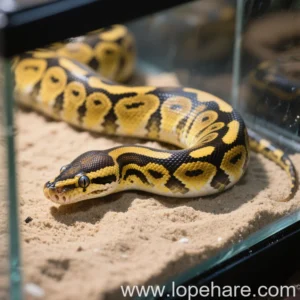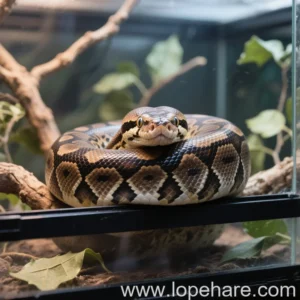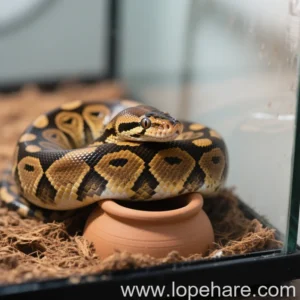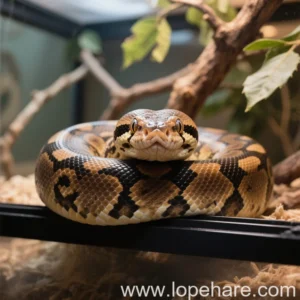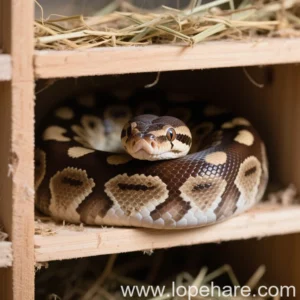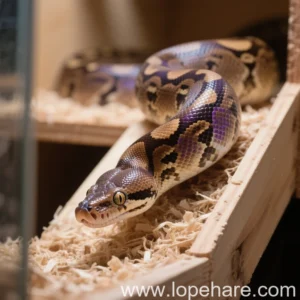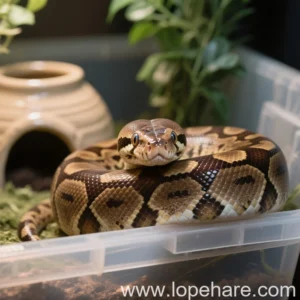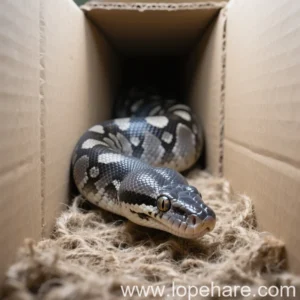Ball Python Parasites: How to Detect and Treat Mites, Worms, and Other Pests
Understanding Ball Python Parasites
As passionate keepers of unique pets at lopehare, we know that the health and well-being of your scaled companion is paramount. Ball Pythons (Python regius) are fantastic pets, known for their docile nature and relatively manageable care compared to some other reptiles. However, like all living creatures, they can be susceptible to parasites, both internal and external. Dealing with parasites is an unpleasant reality for many reptile owners, but understanding how to detect and treat them is crucial for preventing serious health issues and ensuring your Ball Python lives a long, healthy life.
Parasites can weaken your snake, compromise its immune system, and in severe cases, even be fatal. At lopehare, our goal is to provide comprehensive, professional information to help you navigate these challenges. Let’s dive into the world of Ball Python parasites, focusing on how to identify these unwelcome guests and the best ways to address them.
Common External Parasites (Mites & Ticks)
External parasites are often the most visible and common problems faced by Ball Python owners. They live on the snake’s skin, feeding on blood. The most prevalent are snake mites.
Snake Mites (Ophionyssus natricis)
These are tiny, spider-like arachnids, typically black or red, that infest snakes. They are highly contagious and can spread rapidly between enclosures. Mites hide in substrate, decor, and cracks during the day and emerge at night to feed on your snake.

- Appearance: Look like tiny black or red dots moving on the snake, especially around the eyes, chin, vent, and in skin folds. After feeding, red mites become engorged and look like small specks of blood.
- Life Cycle: Mites have a relatively short life cycle (around 1-2 weeks) and can reproduce quickly, leading to rapid infestations.
- Risks: Cause anemia, stress, skin infections, reluctance to shed, and can transmit diseases. Severe infestations are debilitating.
Ticks
Less common in captive Ball Pythons unless they’ve recently been imported or housed with wild-caught animals, ticks are larger arachnids that attach to the skin to feed. They are more easily seen than mites.
- Appearance: Larger than mites, oval-shaped, brown or grey, typically found firmly attached to the snake’s skin.
- Risks: Can cause localized infections, anemia, and potentially transmit pathogens, though disease transmission is less studied in reptile ticks compared to mammalian hosts.
Common Internal Parasites (Worms & Protozoa)
Internal parasites live inside the snake’s body, often in the digestive tract, but they can also infest organs like the lungs or bloodstream. These are not visible externally and often require veterinary diagnosis.
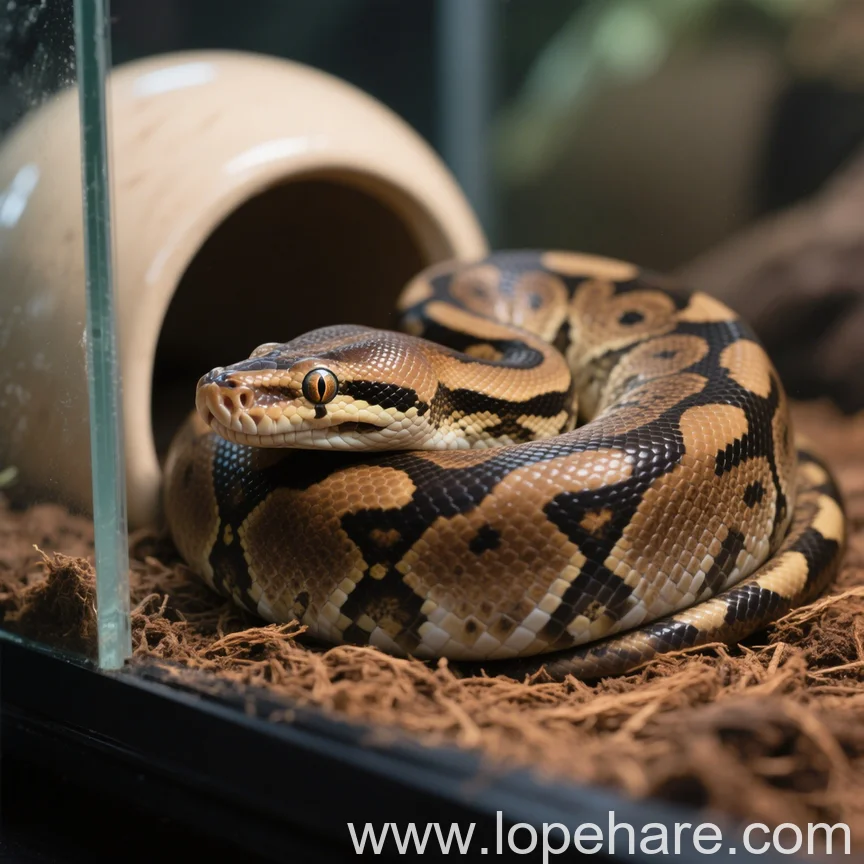
- Nematodes (Roundworms, Hookworms, etc.): Common intestinal worms that can cause weight loss, poor appetite, vomiting, and diarrhea. Some can migrate to other organs.
- Cestodes (Tapeworms): Less common in captive snakes that eat pre-killed rodents, as the intermediate host (often a rodent or insect) is part of the life cycle. Can cause weight loss.
- Protozoa (Amoebas, Flagellates, Coccidia): Microscopic single-celled organisms.
- Amoebiasis (Entamoeba invadens): A serious and often fatal disease in reptiles, causing severe hemorrhagic enteritis (inflammation of the intestines). Very dangerous for snakes.
- Flagellates (e.g., Hexamita, Giardia): Can cause diarrhea and weight loss.
- Coccidia (e.g., Eimeria, Isospora): Can cause gastrointestinal upset, more common in lizards but can affect snakes.
- Cryptosporidiosis (Cryptosporidium serpentis): A particularly devastating protozoal infection in Ball Pythons, causing severe regurgitation, weight loss (“stick tail”), and thickening of the stomach lining. It is often chronic and can be fatal. There is currently no reliable cure for Cryptosporidium in snakes. According to the Wikipedia article on Cryptosporidiosis, reptile species are affected by different *Cryptosporidium* species than mammals.
Recognizing the Signs of Infestation
Being observant is key to early detection. Symptoms can vary depending on the type of parasite and severity of the infestation, but some common signs include:
- Behavioral Changes: Increased soaking (especially for mites), restlessness, rubbing against enclosure items, lethargy, loss of appetite.
- Physical Signs:
- Visible mites or ticks on the snake or in the enclosure (especially around water dishes).
- Small red or black spots on the snake’s scales or in the water (mite droppings).
- Dull scales or difficulty shedding (dysecdysis).
- Weight loss despite eating (internal parasites).
- Regurgitation (especially with Cryptosporidium).
- Abnormal feces (diarrhea, blood, visible worms – often seen with internal parasites).
- Lumps or swelling (less common, could indicate specific parasites or secondary infection).
Detection Methods
Beyond visual inspection, here’s how to confirm your suspicions:
- Visual Inspection: Carefully examine your snake, paying close attention to the areas around the eyes, mouth, chin, vent, and any skin folds. Look for tiny moving dots or attached ticks. Check the water bowl for mites that have drowned or are congregating there.
- Mite Check: Wipe down the inside of the enclosure, especially edges and decor, with a white paper towel. Black or red streaks can indicate crushed mites.
- Fecal Float/Smear: For suspected internal parasites, a fresh fecal sample is essential. Your reptile veterinarian will examine the sample under a microscope to identify parasite eggs, cysts, or actual organisms. Multiple samples may be needed.
- Blood Tests: In some cases, blood work might be used to check for anemia caused by blood-feeding parasites or signs of systemic infection.
Treatment Approaches
Treatment depends entirely on the type of parasite. **It is crucial to consult a qualified reptile veterinarian for diagnosis and treatment, especially for internal parasites.** Self-treating internal parasites can be ineffective or even harmful.
Treating External Parasites (Mites)
Dealing with mites requires treating both the snake and the entire environment.
- Isolate the Snake: Move the snake to a simple quarantine enclosure (e.g., a plastic tub) with minimal furnishings (paper towel substrate, simple hide, water bowl – potentially removed during treatment).
- Snake Treatment:
- Mite Baths: A shallow bath in lukewarm water can drown some mites.
- Mite Products: Several reptile-safe mite sprays or dips are available. Use these strictly according to veterinary or manufacturer instructions. Products containing fipronil (Frontline) should generally be avoided for snakes as they can be toxic. Ivermectin is sometimes used but requires careful dosing by a vet.
- Veterinary Treatment: A vet can administer systemic treatments or recommend appropriate topical solutions.
- Enclosure Treatment: This is as important as treating the snake.
- Remove and discard all substrate.
- Thoroughly clean and disinfect the entire enclosure and all furnishings. A dilute bleach solution (e.g., 1:32 bleach to water) is effective, but rinse *exceptionally* well afterward and air out completely before returning the snake.
- Treat or discard porous items like wood hides if the infestation is severe, as mites can hide deep within them.
- Consider using a reptile-safe residual mite spray (like Provent-A-Mite) on the cleaned enclosure (with the snake removed) and allowing it to dry and air out completely for several hours before reassembling the setup with fresh substrate.
- Repeat Treatment: Mites have a life cycle. Treatment usually needs to be repeated every 5-7 days for several weeks to catch hatching mites.
Treating Internal Parasites (Worms & Protozoa)
Vet Diagnosis is Non-Negotiable: Treatment for internal parasites requires a precise diagnosis via fecal testing. The appropriate medication and dosage depend entirely on the specific parasite identified.
Once the vet identifies the parasite (e.g., roundworms, flagellates, coccidia, amoeba, or cryptosporidium), they will prescribe a specific antiparasitic medication (like fenbendazole, metronidazole, or others). This medication is typically given orally at a specific dosage for a set duration. Follow the vet’s instructions meticulously. Regular follow-up fecal tests are usually needed to confirm the parasites have been eradicated.
For devastating parasites like Cryptosporidium, be prepared for a difficult situation. While some treatments may manage symptoms temporarily, complete eradication is often impossible, and humane euthanasia may be the kindest option for a severely affected animal. This is why preventing introduction is so critical.
Prevention is Key: Husbandry & Quarantine
The best way to deal with parasites is to prevent them in the first place. This aligns perfectly with lopehare’s focus on proactive, professional pet care.
- Quarantine New Animals: Any new snake (or other reptile) should be strictly quarantined away from your existing pets for at least 60-90 days. Use separate tools, clean the quarantine area last. During quarantine, observe the new animal closely and get a fecal test done by a vet to check for internal parasites. This is the single most effective step to avoid introducing pests.
- Source Responsibly: Acquire animals from reputable breeders or stores with good husbandry practices. Wild-caught animals are much more likely to carry a heavy parasite load.
- Maintain Excellent Husbandry: A clean enclosure, correct temperature and humidity gradients, proper diet, and minimal stress help keep your snake healthy and its immune system strong, making it less susceptible to parasitic infections.
- Cleanliness: Regularly spot clean feces and urates. Do thorough enclosure cleanings periodically using reptile-safe disinfectants.
- Feeder Insects/Rodents: Ensure your feeder insects and rodents are sourced from clean, reputable suppliers. Poor quality feeders can sometimes be vectors for parasites.
Learning about and implementing proper snake pet care is your best defense against parasitic infestations.
When to Consult a Reptile Vet
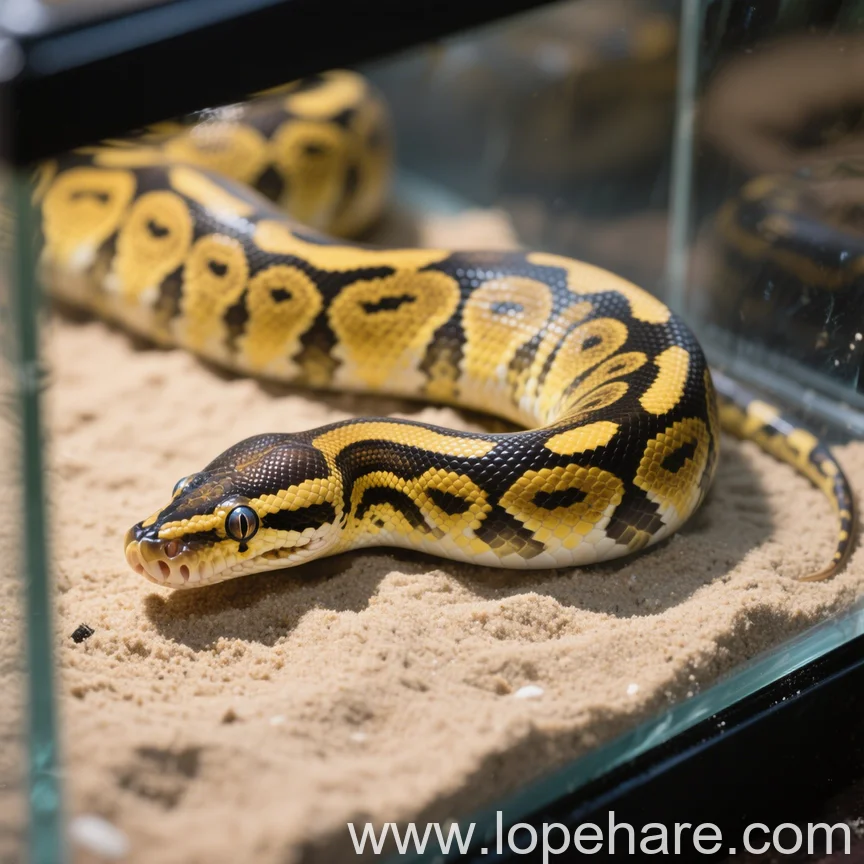
Any suspicion of internal parasites or a persistent/severe external parasite issue warrants a vet visit. Regurgitation, significant weight loss, lethargy, abnormal feces, or visible worms require immediate professional attention. Even for mites, a vet can provide effective treatment options and ensure you’re tackling the problem correctly.
Finding a reptile-experienced veterinarian is crucial, as reptile medicine requires specialized knowledge beyond typical dog and cat care. Don’t delay seeking help if you suspect a problem.
Conclusion
While the thought of dealing with parasites can be daunting, it’s a manageable aspect of reptile ownership if you are prepared. By understanding the common types of parasites that affect Ball Pythons, recognizing the signs of infestation, knowing how to detect them, and crucially, working with a qualified reptile vet for treatment, you can protect your beloved pet.
At lopehare, we believe that informed keepers make for healthy pets. Implementing strict quarantine for new arrivals and maintaining impeccable husbandry are your most powerful tools in preventing these unwelcome guests. Stay vigilant, be proactive, and your Ball Python will thank you for it with years of healthy companionship.
References:
